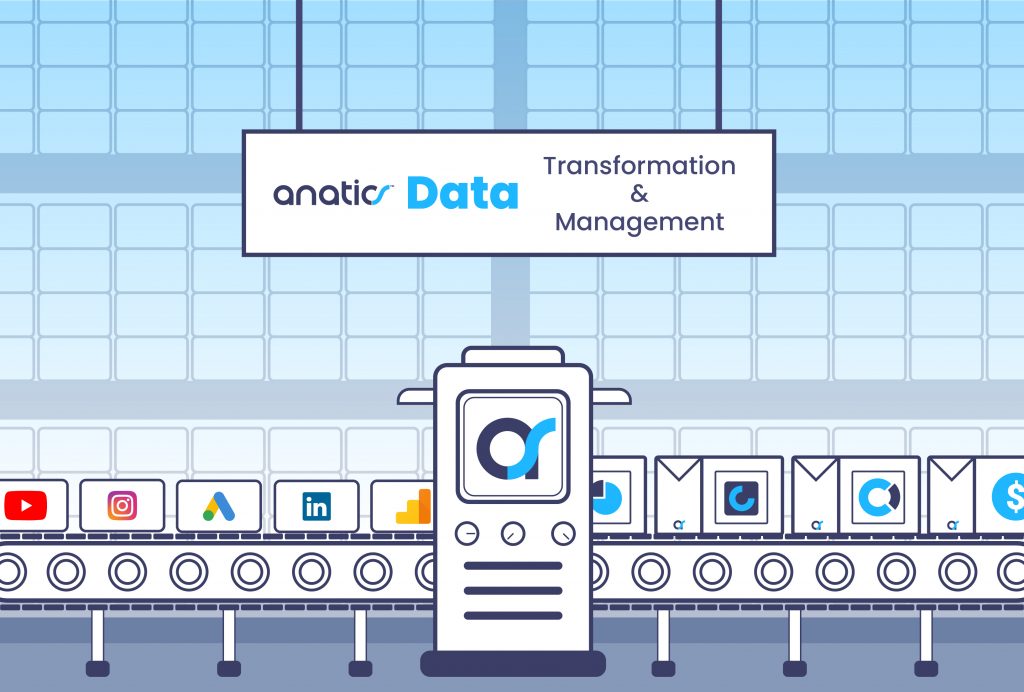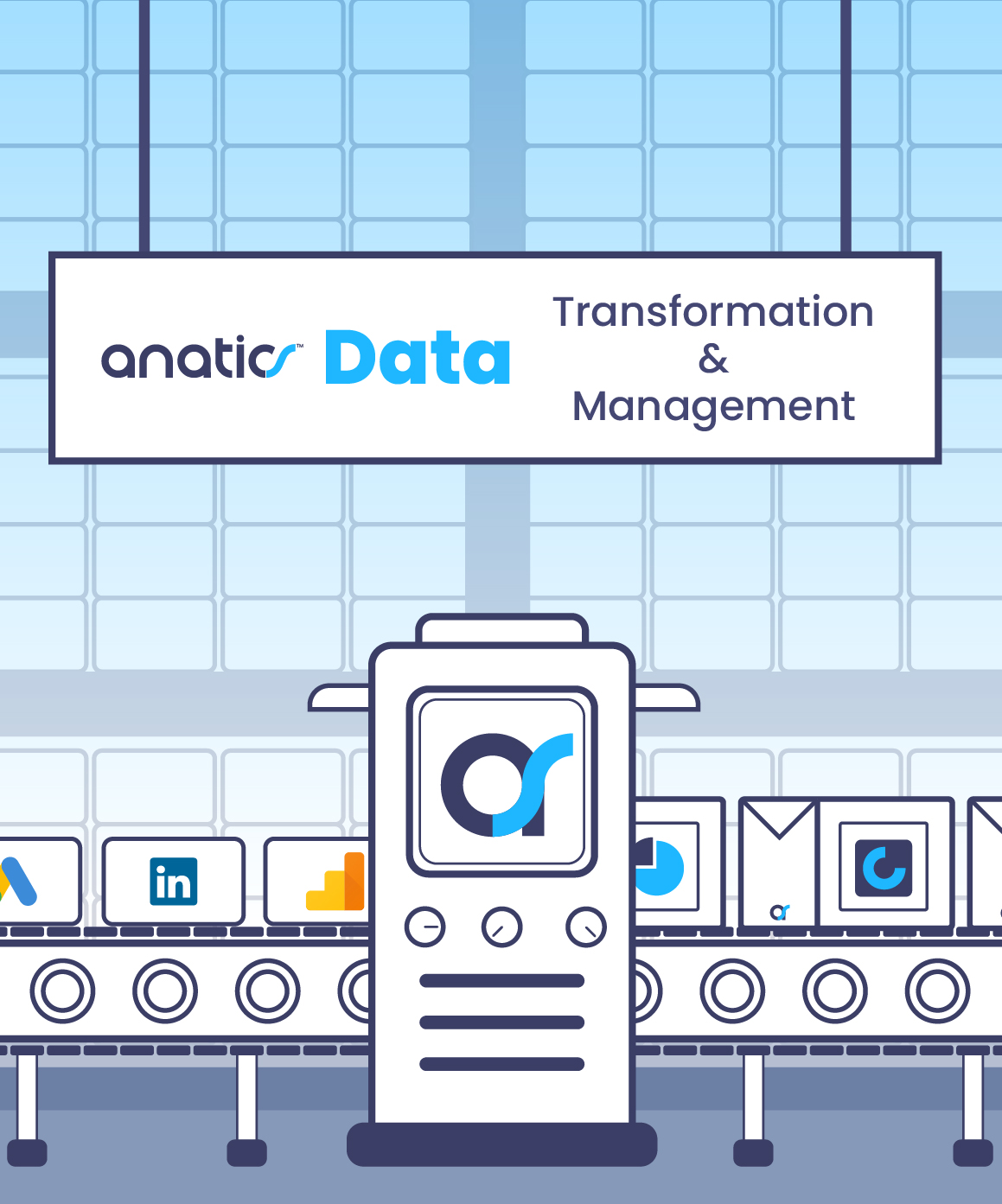System SolutionWhy Data Transformation and Data Management
March 18, 2022

In our fast-paced and ever-changing technological world, the amount of information that an organization can take in can quickly prove to be overwhelming. In its raw state, the data gathered can prove to be difficult to manage, sort through, and find its relevance in a business environment. Thus, the importance of data transformation and data management is crucial when it comes to business organization and structures. In this article, we define both data transformation and data management, and explain the benefits of both.
What is data transformation?
To put it in its most simple definition: data transformation is the process wherein the format, structure or values of the data are changed. There are several ways that a data analytics project may transform the data, although there are two stages of the data pipeline where the data typically undergoes transformation:
- If the organization doing the transformation uses on-premises data warehouses, they will generally make use of an ETL (extract, transform, load) process, where the transformation of data occurs during the middle step of the process;
- In this modern age, the majority of organizations utilize cloud-based data warehouses, where the scalability of the cloud platform allows them to bypass preload transformations, instead loading the raw data into the data warehouses where it’s transformed at query time – this model is known as ELT (extract, load, transform).
There are many reasons as to why data transformation takes place. These reasons may be any one of the following: constructive (wherein the data is added, copied, and replicated); destructive (which might involve deleting fields and records), aesthetic (which includes standardizing street names, for example), or structural (which includes renaming, moving, and combining columns within a database).
Benefits of data transformation
There are innumerable benefits of data transformation, which can help with streamlining systems and workloads. Often, data is transformed to better facilitate its organization, as the now transformed data can be far easier for both human and computerized users to work with. Better organized data allows for it to be more easily searched for, indexed, and categorized, making it easier to access when needed.
Data transformation also allows for the data to be formatted and validated properly, which improves its quality. By doing so, the quality of the data is not only improved, but data transformation also provides protection for various applications against possible landmines; these landmines may include null values, unexpected duplicates, incorrect indexing, and incompatible formatting.
Additionally, data transformation helps with facilitating the compatibility between various systems, applications, and data types. It’s important to know that data might be used for multiple purposes and, thus, may need to undergo different transformations to maximize its successful use.
Data management and data transformation
When it comes to successfully transforming data, it’s important that there be an existing framework in place to both manage and organize that data. This is where data management technology comes in.
Data management is where an organization’s data is collected, organized, protected, and stored so that it can then be analyzed for business purposes and decisions. In today’s fast-paced technological world, data is created and consumed at incredible rates, making data management essential for finding solutions and crafting strong business decisions. Current data management software helps with everything from the preparation and transformation of data, to cataloging and governing it, which allows for people to quickly and easily find the information needed for their analysis.
With data management, there are four types of data management systems that an organization can make use of to help with organizing their data and allowing them to fully optimize its usage. These data management systems are:
Customer Relationship Management System (CRM)
The Customer Relationship Management System is a database which is typically used to organize all customer data, which may include personal data, sales opportunities, conversion sales data, revenue data, potential new offers, and subscription renewals. Typically, the platform is used by sales team representatives within an organization to keep all accounts, leads, contacts, cases, and other customer related data organized and searchable.
However, a CRM database often will also maintain and store data which relates to sales and marketing activities, including sales calls and event participation on the part of customers. By closely examining this data, a sales rep can glean far more revealing and in-depth information on customers’ behaviour and interests, which can prove key to tailoring future sales ventures and initiatives.
Marketing technology systems
There are many technology systems which fall under the umbrella of marketing technology systems. These might include (but are not limited to): email service providers, automated marketing platforms, and advertising technologies. Very often, these are used in tandem with CRM systems, given that they support the integration of the CRM into marketing campaigns by making use of existing data within the CRM and updating the CRM data as needed.
The systems used are often proprietary, although there exist several such systems on the market for existing organizations to make use of. But these systems are key in enabling marketing teams to cross-reference their existing customer data with comprehensive information on customer details. Additionally, the systems are frequently used as a tool to monitor customer response and engagement with ongoing marketing campaigns.
The information stored in marketing technology systems is available as customer engagement data on a marketing systems’ dashboard. This data helps marketing reps with insight into customer activity and engagement, which might include their browsing activity, email clicks, email sign ups, and their overall engagement with the campaign.
Data Warehouse systems
Serving as the primary repository for all primary customer data, data warehouse systems take in product satisfaction ratings and usage data. The data is then organized and transformed, to provide resources which require different data requirements, such for operating platforms, financial applications, and purchasing systems. Given the wide variety of services that a data warehouse system must provide for, it’s important that the warehouse present clean, standardized, and usable versions of the data for all the different systems that require it.
Data warehouses are helpful in that they can show how customers are purchasing products or services and how they are using the products or services. Additionally, they also provide information on customer satisfaction and issues with the services or product pr problems that the product/service resolves, among many other potential services.
Analytics tools
Analytics tools are many and varied, depending on industry and organization needs, but are often used by both marketing and sales reps. These tools may include but are not limited to data reports, data visualization, and business intelligence (otherwise known as BI). While data warehouses store the data and transform it to be used by a variety of services, analytics and reporting systems are used to process the accumulated data and visualize it into a format that allows for reps to gain an insight into current campaigns.
These analytics tools serve a plethora of purposes in a business environment and highly favoured by all levels of marketing and sales professionals in a campaign environment. It’s one of many invaluable tools to be able to evaluate an ongoing campaign, make changes where necessary, and plan future marketing campaigns.
Why is data management important?
Effective data management is crucial to being able to find valuable insights for your organization. Being able to perform effective data analysis, at any scale, requires that data management be in place to help with making decisions on improving your company’s bottom line and to monitor customer engagement, satisfaction, and any other issues that may arise.
Some of the most important benefits of data management are:
- By increasing the visibility of your organization’s data, it’s easier for employees to quickly find the correct data needed for their analysis. What this allows for is a smoother workflow, letting your organization become more organized and increasing its productivity.
- Data management helps with minimizing possible errors by having established processes and policies in place for its usage, thus building trust in the data gathered and allowing for decisions to be made effectively across an organization. Reliable data that’s up to date allows for efficient responses to both changes in the market and customer needs.
- Security is provided and inherent in data management, which can protect your organization from losses of data, thefts, and breaches by implementing authentication and encryption protocols. This is especially important if your data involves any personally identifiable information that requires strict adherence to consumer protection laws.
- Data management allows for an organization to scale data effectively and usage occasions with processes and protocols that keep both the data and the metadata updated. Given the ease of repetition that comes with data management, the need for duplication is rendered void, thus freeing up employees to run accurate, up to date queries and reports without the need to rerun prior ones.
Data management and transformation are crucial tools in today’s virtual business environment and it’s important that an organization remain up to date on them. Modern data management software is designed to meet and address challenges inherent with the field to simplify the associated procedures, allowing businesses and organizations to make decisions confidently and efficiently.


